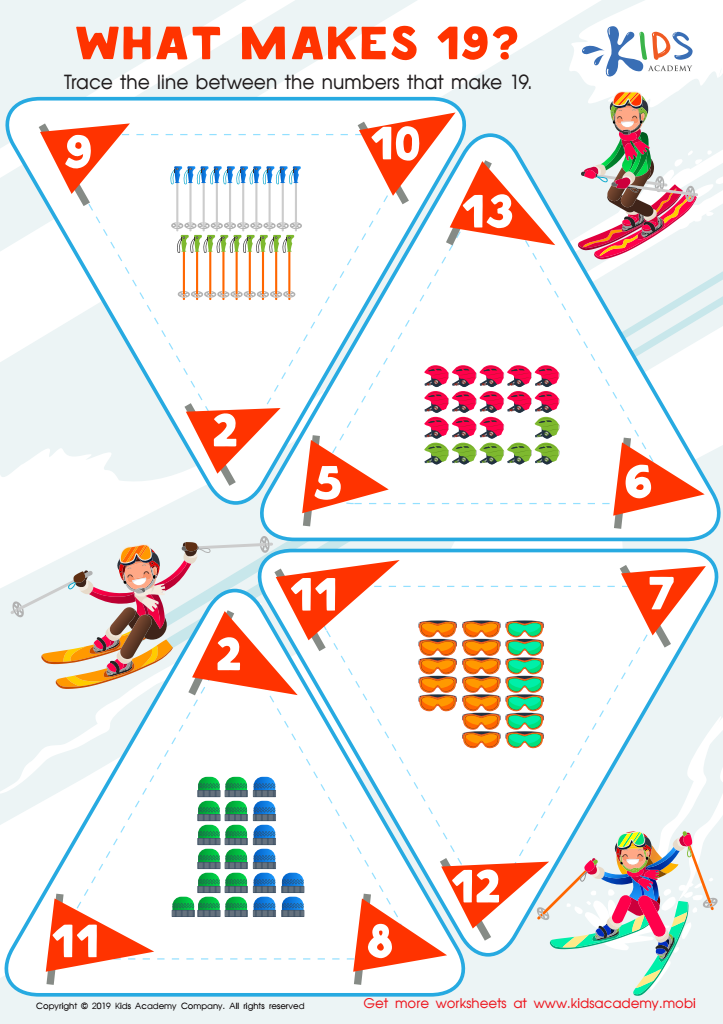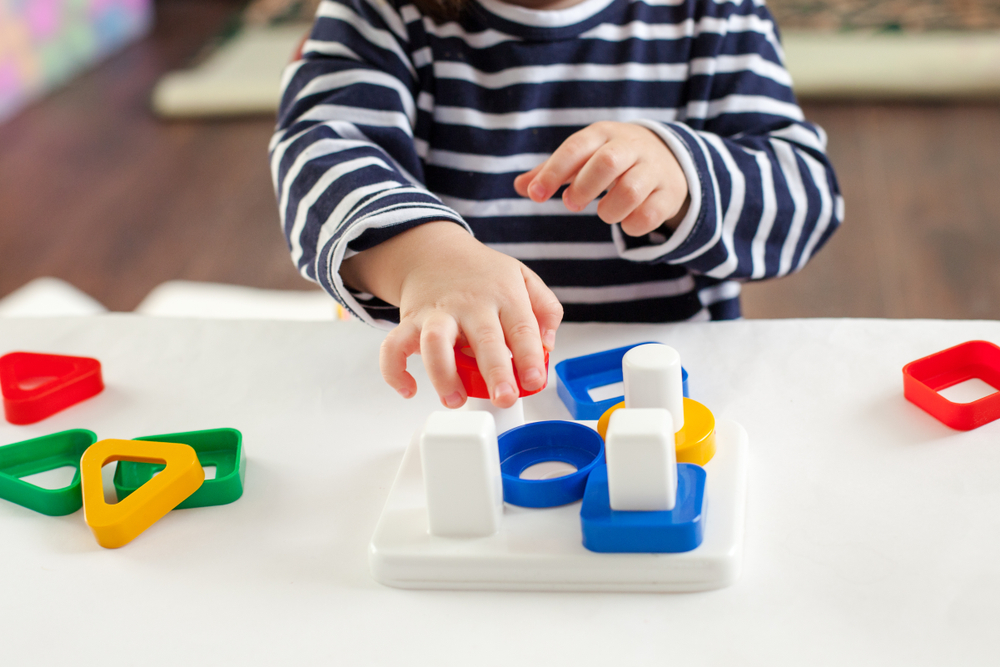Understanding number combinations Worksheets for Kids
1 filtered results
-
From - To


What Makes 19? Worksheet
Question/Answer
How to train the Understanding number combinations skill in Kindergarten students learning about Addition & Subtraction?
To train the understanding of number combinations in Kindergarten students, use hands-on activities like manipulatives (e.g., counters, blocks) to visually demonstrate addition and subtraction. Incorporate games that involve combining or separating groups of objects, and engage in story problems that relate to real-life scenarios. Consistent practice with these strategies reinforces the concept of number combinations effectively.
What are some effective activities to train students’ Understanding number combinations skill when teaching them about Addition & Subtraction?
Effective activities for training students in understanding number combinations in Addition & Subtraction include using manipulatives (e. g. , counters, blocks), playing number combination games (e. g.
Why is the Understanding number combinations skill important for Kindergarten students?
Understanding number combinations in Kindergarten is crucial because it lays the foundation for early math skills, including addition and subtraction. It aids in the development of number sense, enabling children to recognize how numbers can be broken apart and put together in various ways, forming the basis for problem-solving and logical thinking skills essential for future academic success.
 Assign to the classroom
Assign to the classroom


.jpg)


.jpg)






